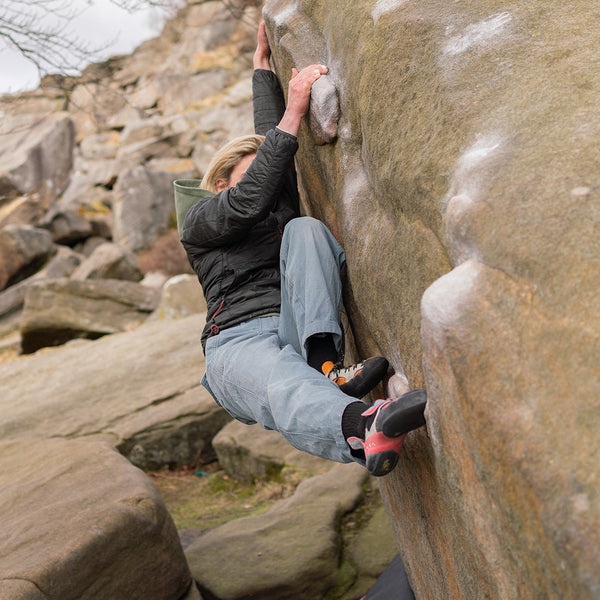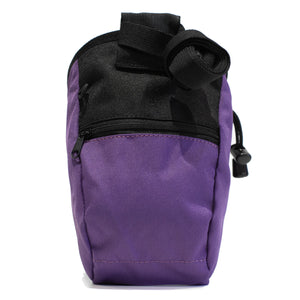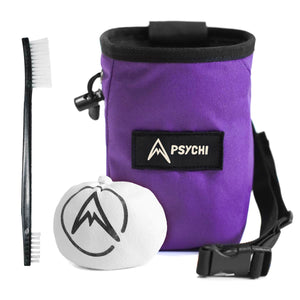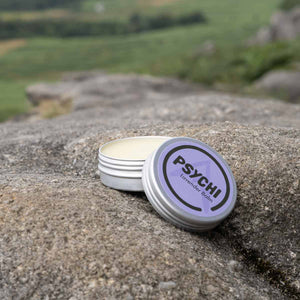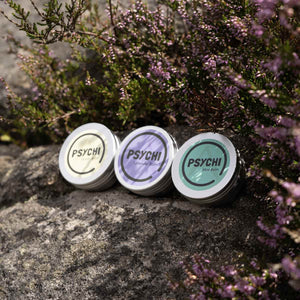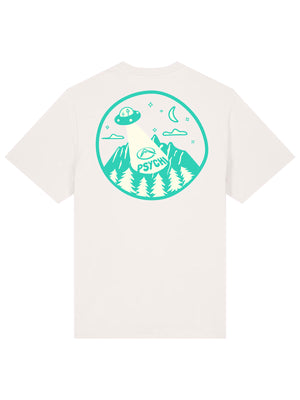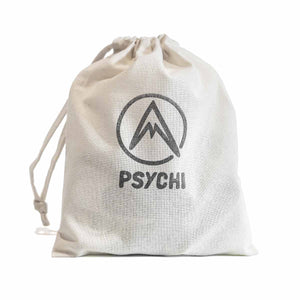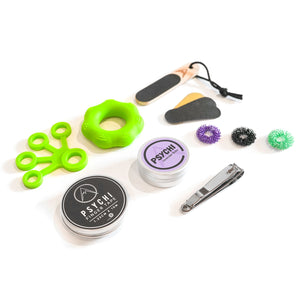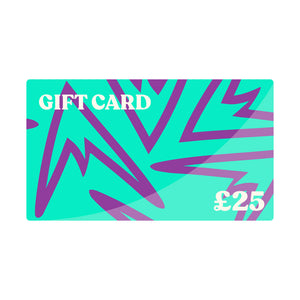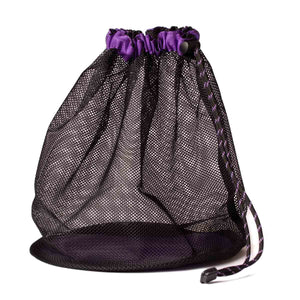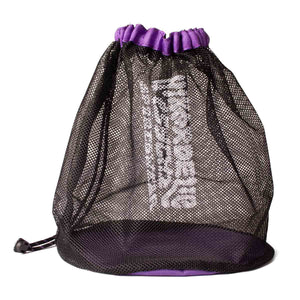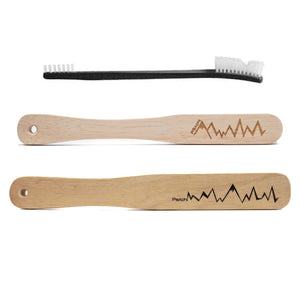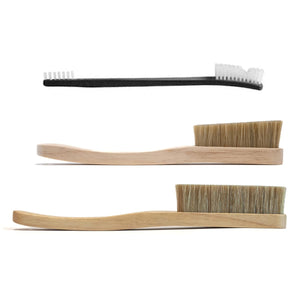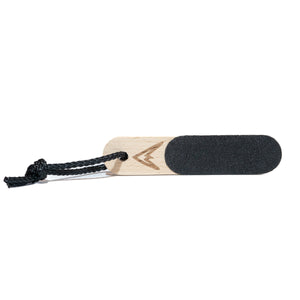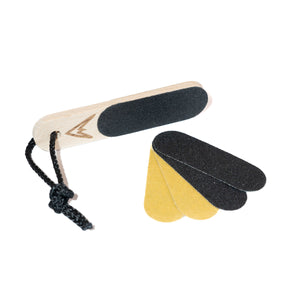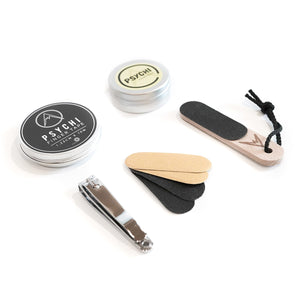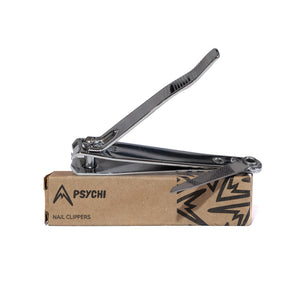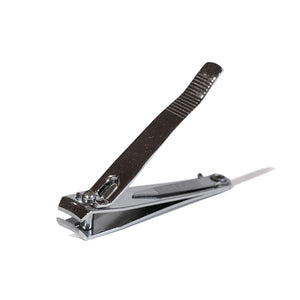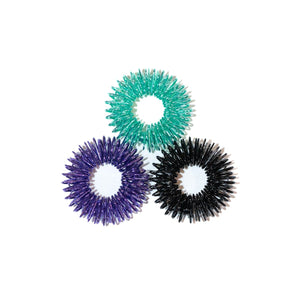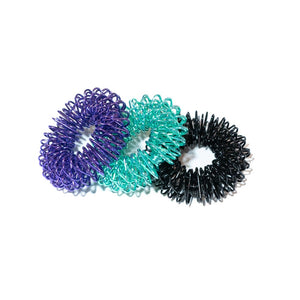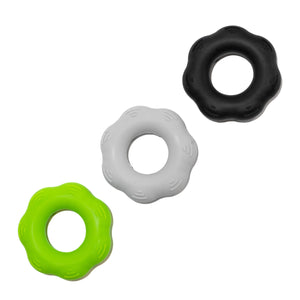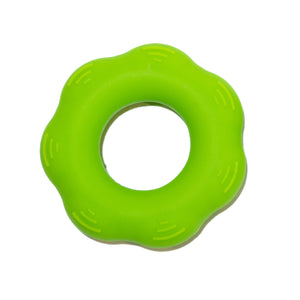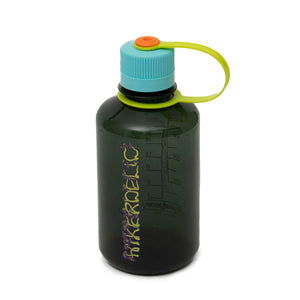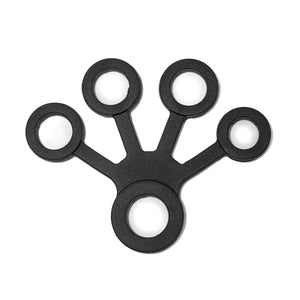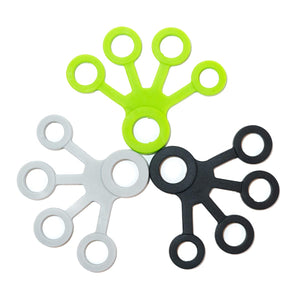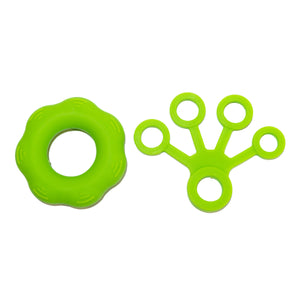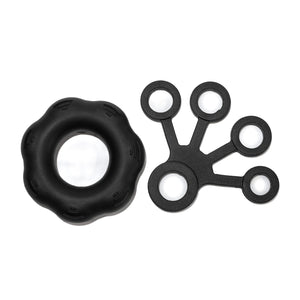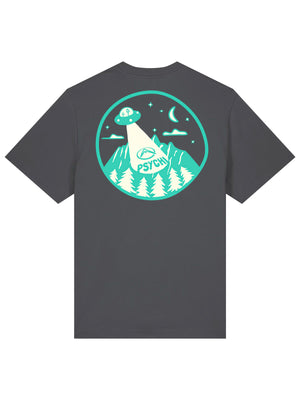How tight should climbing shoes be?
If you’ve ever tried on a pair of climbing shoes, you’ll know that they feel rather different from your standard street shoes. As performance focussed footwear, climbing shoes can require a different fit to most other types of shoe. They’ll likely feel tighter, be uniquely shaped and stiffer in the heel and toe, but how tight should climbing shoes be and is there really such a thing as too tight?
In short, yes! Climbing shoes are generally tighter fitting than regular shoes and common advice is to size down a little from your street size. That doesn’t necessarily mean that your shoes should hurt to wear though. Putting too much pressure on your big toe, heel, knuckles or the sides of your feet will not only make for a miserable climbing session, it could also affect your performance on the wall.
How tight is too tight?
While you likely want to find a tight fit for optimal sensitivity, it might pay better to avoid super-tight, toe bruising shoes for overall performance. The best shoe is generally the one that you’re able to wear.
There are a few key elements that you’ll want to pay attention to when figuring out how tight your climbing shoes should be on your feet: what they’re made out of, what you’ll be climbing, and how long you’ll be climbing it for. These variants might change the necessary tightness of your shoe quite drastically.
Climbing shoes materials and design
The materials used and the design of a climbing shoe will affect its overall fit. Characteristics you’ll want to look out for are leather and synthetic uppers, and lined or unlined. Leather uppers and liners will generally stretch more than their synthetic counterparts, so it’s important to remember that their fit will become roomier over time. If a shoe is lined it has a fabric lining inside which will help the shoe to keep its shape. Equally, the more rubber the shoe has, the better it will keep its shape.
Climbing style and intended length of use
The style of climbing you’ll be participating in will also affect the kind of fit you might want to aim for with your climbing shoes.
When bouldering or sport climbing, a more aggressive and downturned shoe might be a better fit, as these styles of climbing can be complex and intensive and so require a tighter fit to allow for powerful moves and technical footwork. Generally, boulders and routes are completed in shorter time frames. The boulderer or sport climber might have the luxury of being able to take their shoes off between attempts, meaning that prioritising performance is more manageable.
For traditional disciplines or longer, multi pitch routes, a more wearable, less aggressively downturned shoe might do the trick. All all-day shoes will most likely be a moderate or flatter profile and allow for long use when taking a break from your shoes isn’t an option.
Crack climbing and off-width routes might require a different approach again. Excessively aggressive or downturned shoes won't perform well for jamming, meaning a flatter, more manoeuvrable shoe might be preferable.

Our overall sizing and fitting advice:
- Climbing shoes should be tight but not excessively painful around your toes. To make sure you’re able to trust foot placements and feel secure inside the shoe, your toes should feel slightly compressed in the rubber toe box, but not painfully so!
- The shoe should fit to your heel well, with no wiggle room in the heel. This will mean you can effectively heel hook without worrying about losing your shoe!
- You should also avoid shoes that press painfully on your Achilles tendon.
- It’s worth bearing in mind that climbing shoes will generally stretch as you wear them in, and this might affect how you gauge the fit in the first instance. The rate of stretch will differ depending on the materials used.
- Everyone's perfect climbing shoe fit and tightness will be different, but if your shoe is painfully uncomfortable or really difficult to get on your foot, you probably need a bigger size.
Ultimately each style and terrain of climbing calls for different fits of shoe. The best way to know for sure is to bear in mind the performance markers you need your shoe to be able to meet, and to try on a pair before you buy.
Looking to Boost Your Climbing Performance?
Moving through the grades takes time and dedication, and a big part of that is looking after your kit and your body. Make sure you're warming up crucial grip muscle groups with a grip and finger strength kit, consider keeping your climbing shoes in a shoe bag to keep them in tip top condition. Lastly if you're ramping up the training, give your skin the care it needs, check out our handy natural skin care tools.
